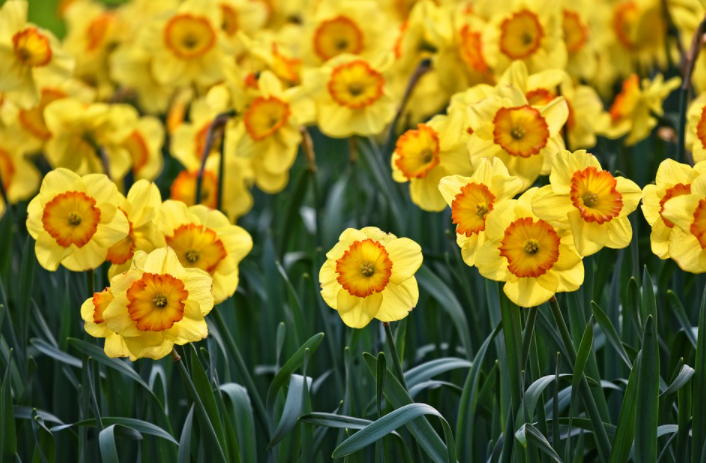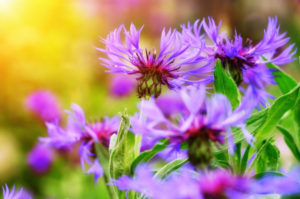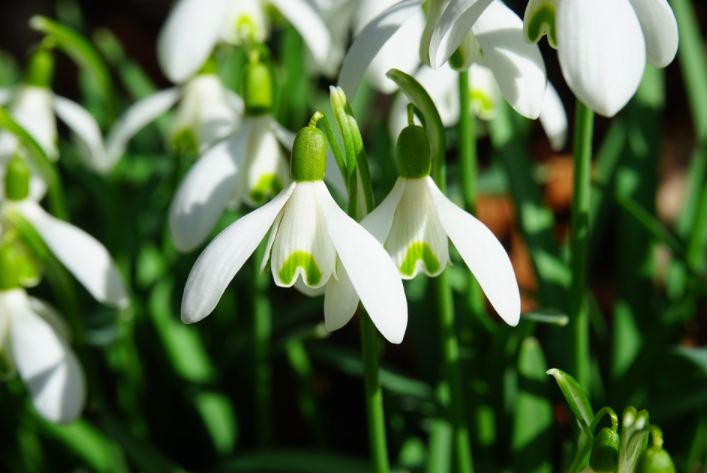If you need to know what flowers in your garden that will bloom all year-round, you can read more here. You can have year-round color by combining spring flowers with fall flowers. You can also use flowers that are suitable for all climates. Below is a list of the most popular flowers by season and a table with a larger list.

Spring Flowers
The first flowers of spring are often a cause for rejoicing, as they signify that warmer weather is on the way. The beauty of spring flowers brings a rainbow of colors to winter days. For every color of the rainbow, there is a spring flower.
Daffodils
As soon as the soil warms up, bulbs should be planted early in the year. Bulbs should be planted in the fall so they grow well. There are ten types of daffodils. However, they can be delicate and should be treated with care.
Hyacinths
Hyacinths should also be planted in late fall. They will produce a beautiful, fragrant spring flower in the spring. They come in pink, purple, blue and white. Because they can grow in all types of soil, hyacinths are a good choice for flower gardens. However, the bulb can cause skin irritation, so it is best to wear gloves when handling a hyacinth bulb.
Tulips
Tulips are beautiful flowers. Animals also love them. It’s a good idea to plant tulips along with daffodils because daffodils can ward off unwanted pests that could harm tulips. They can be found in all kinds of spring colors.
Summer Flowers
 Heat and humidity can be hard on summer flowers, causing them to wilt. Summer gardens are as vibrant as spring flowers. Here are the perfect flowers for your summer garden.
Heat and humidity can be hard on summer flowers, causing them to wilt. Summer gardens are as vibrant as spring flowers. Here are the perfect flowers for your summer garden.
Cornflowers
This is a summer wildflower garden will come alive with their bright colors. They are large and bloom until early fall.
Delphiniums
Delphiniums are large and beautiful, with a bright purple, pink or white appearance. Because of their height, they make a great backdrop for any garden in the summer.
Gladiolus
Another colorful option is this hybrid sage. They come in almost any color you want to plant in your garden. Some are even multicolored. They need a lot of water, as do all summer flowers. Many summer flowers can be more difficult to care for due to the dryness of summer.
Fall Flowers
There are a few flowers that can only be grown in the fall. Fall flowers can withstand the heat of summer and the cold weather that autumn brings. The most popular flowers that last into fall are poinsettias, carnations and gerberas:
Dahlias
They are a good choice for fall because they can last until the first frost. They thrive in full sunlight but can be eaten by insects and slugs. So it’s a good idea for fall to plant other plants around them that can deter insects.
Cosmos
They can grow up to 5 feet tall and bloom twice a year. They can withstand most climates and are very hardy. They will survive until the first frost, when they are fully grown and bloom in the fall.
Roses
These flowers are another shrub that will bloom until the first frost is the berry bush. They will thrive if they are pruned well. Roses are a great choice because there are many varieties to choose from and a variety of colors. Although the first year can be challenging for shrubs, they will be effortless to care for over time.
Winter Flowers
Winter flowers are often considered indoor potted plants. However, some flowers can grow outdoors in the winter, regardless of the weather. The most popular are crocus in the snow, Christmas roses, witch hazel, and snow glory, as well as the following:
Snowdrop Flowers
These are January flowers and usually start growing before spring arrives. They are often found before daffodils or other summer flowers.
Winter Aconites
These are the most accessible winter plants to grow because they require little care. These yellow beauties add color to the otherwise dull winter months.
Poinsettias
Because they can thrive in winter, many people consider them Christmas flowers. Their flowers can be kept indoors, but they thrive in temperatures colder than 65-70 degrees. Poinsettias don’t like to be overwatered or receive too much sun. Choose a site with little sun and make sure the soil is not too dry.


